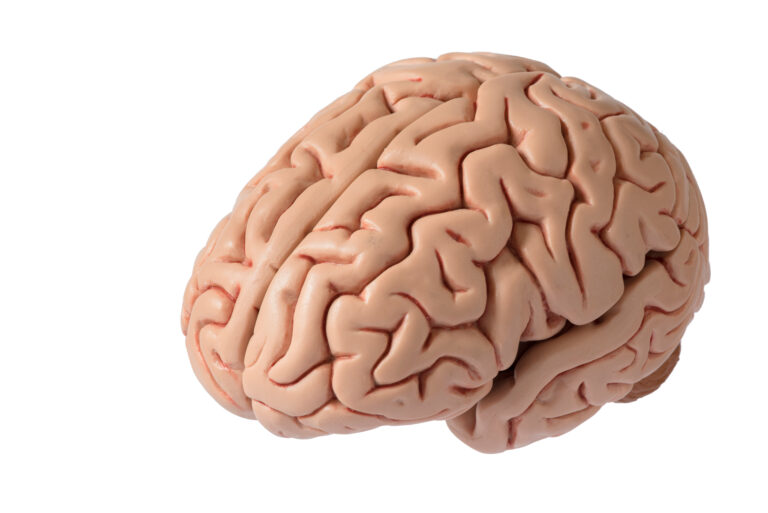Alzheimer’s disease, a progressive and fatal brain disorder, affects millions of people worldwide each year. It is the most common form of dementia, characterized by memory loss, cognitive decline, and behavioral changes. Currently, there is no cure for Alzheimer’s disease, and the available treatments only provide temporary relief of symptoms. However, a recent breakthrough in protein discovery could potentially lead to new treatments for this devastating disease.
Scientists have long known that abnormal proteins, specifically amyloid beta and tau, play a significant role in the development and progression of Alzheimer’s disease. These proteins clump together in the brain, forming plaques and tangles that disrupt the communication between brain cells and eventually lead to their death. This process results in the cognitive decline and memory loss associated with Alzheimer’s.
For years, researchers have been focused on finding ways to prevent or remove these abnormal proteins from the brain. However, previous attempts at targeting these proteins have been unsuccessful. That is until now.
A team of scientists at the University of Cambridge has made a groundbreaking discovery in the field of Alzheimer’s research. They have identified a novel protein, called GPR3, that plays a critical role in the production of amyloid beta. This protein acts as a switch, turning on the production of amyloid beta in the brain. By targeting GPR3, researchers believe they may be able to stop the production of amyloid beta and prevent its accumulation in the brain.
The discovery of GPR3 was made possible by using a cutting-edge technique called mass spectrometry. This technique allows researchers to identify and measure proteins in a given sample accurately. By analyzing samples from animal models and human brain tissue, the team at Cambridge was able to identify GPR3 as a potential key player in Alzheimer’s disease.
Dr. Raya Al-Shawi, one of the lead researchers on the study, explains the importance of this discovery, “This is a significant step forward in our understanding of Alzheimer’s disease. Identifying GPR3 as a critical player in the production of amyloid beta could lead to the development of new and effective treatments for Alzheimer’s.”
The potential impact of this discovery is immense. Current treatments for Alzheimer’s merely target symptoms, and none have been able to slow or stop the progression of the disease. If GPR3 can be successfully targeted, it could be a game-changer in the fight against Alzheimer’s.
The next steps for researchers are to find a way to inhibit or block GPR3’s activity in the brain. They are also exploring other potential proteins that may play a role in the production of amyloid beta, as targeting multiple proteins may be more effective in treating Alzheimer’s.
While there is still much work to be done, this novel protein discovery has sparked hope in the Alzheimer’s research community. Dr. Al-Shawi says, “We are excited about the potential of GPR3 as a new target for Alzheimer’s treatment. Our findings bring us one step closer to finding a cure for this devastating disease.”
In addition to the potential for new treatments, this discovery also opens up avenues for further research into the causes and progression of Alzheimer’s. By understanding the role of GPR3 and other proteins in the disease, scientists can gain a better understanding of its underlying mechanisms.
Furthermore, this breakthrough highlights the importance of continued investment in scientific research. It is through such investments that groundbreaking discoveries like this one can be made, bringing us closer to finding a cure for Alzheimer’s and other diseases.
As exciting as this discovery is, it will still take time for it to translate into new treatments for Alzheimer’s disease. Clinical trials will need to be conducted to test the safety and effectiveness of targeting GPR3 in humans. If successful, it could take several years before a new treatment is available to patients.
In the meantime, it is crucial to continue spreading awareness about Alzheimer’s disease and supporting research efforts. By advocating for more funding and resources, we can help accelerate the development of new treatments and potentially find a cure for this devastating disease.
In conclusion, the discovery of the novel protein GPR3 has opened up a new potential avenue for treating Alzheimer’s disease. By targeting this protein, researchers hope to slow or stop the progression of the disease and provide much-needed relief to those affected by it. This breakthrough is a testament to the tireless efforts of scientists, and it gives hope to the millions of people living with Alzheimer’s worldwide.





